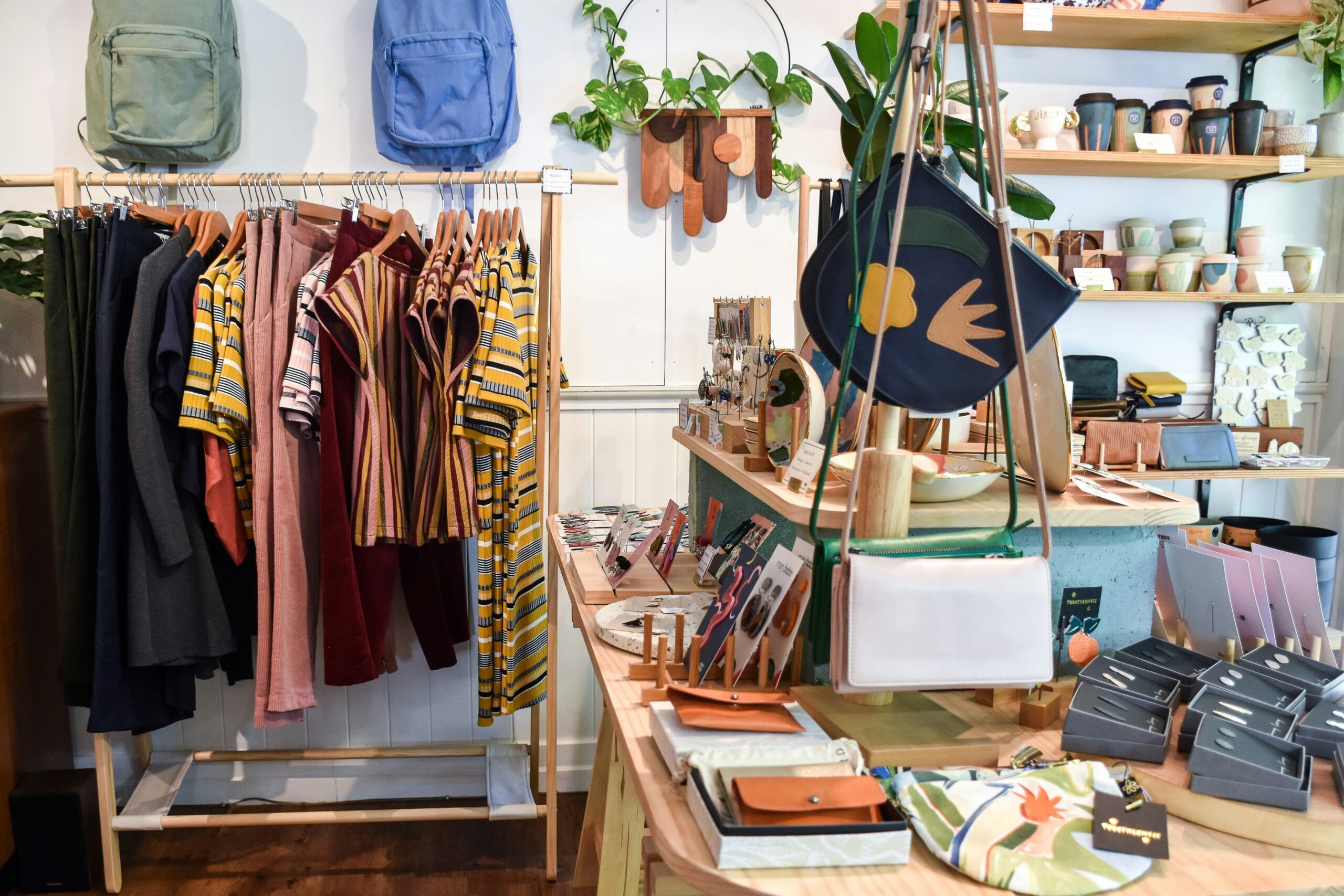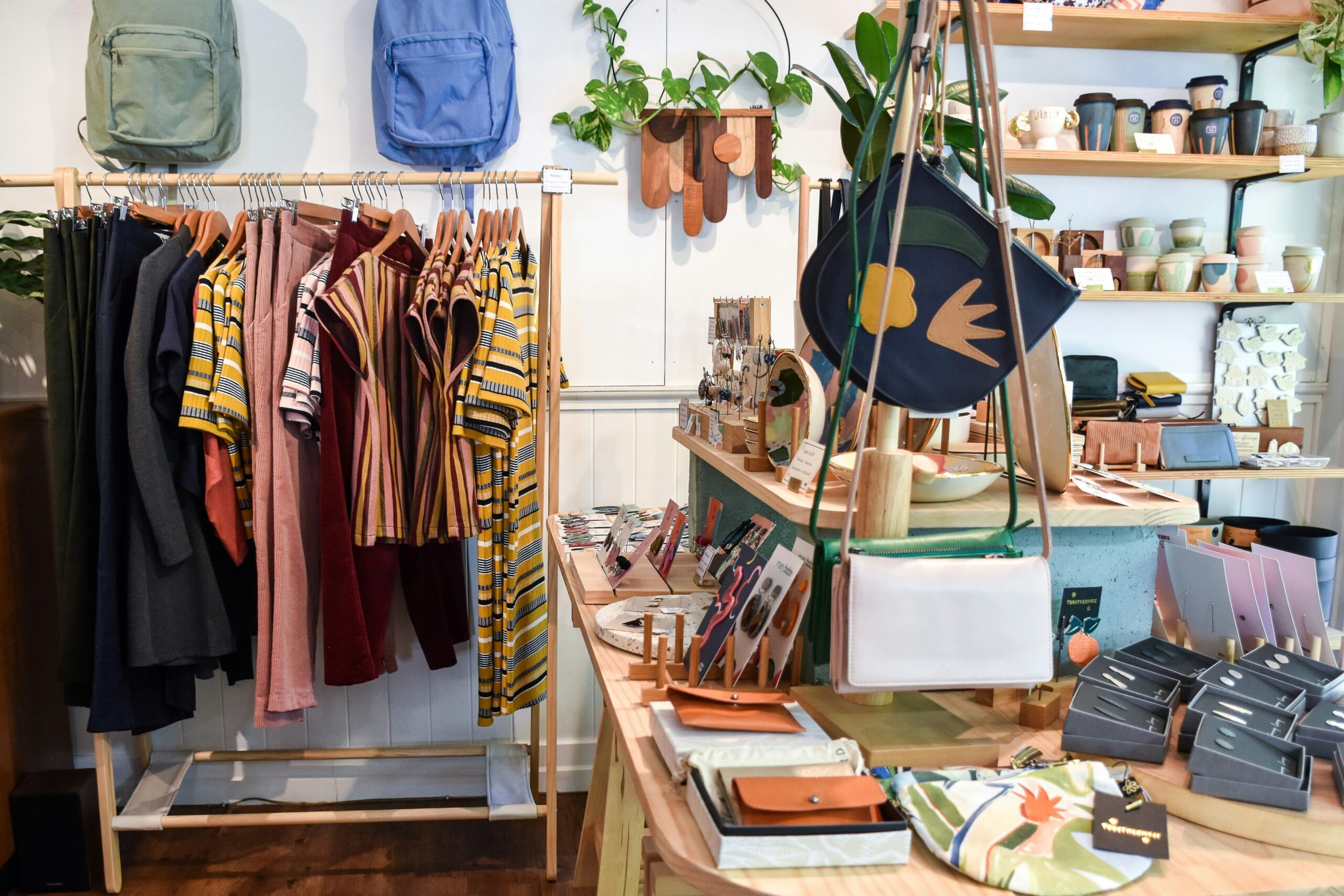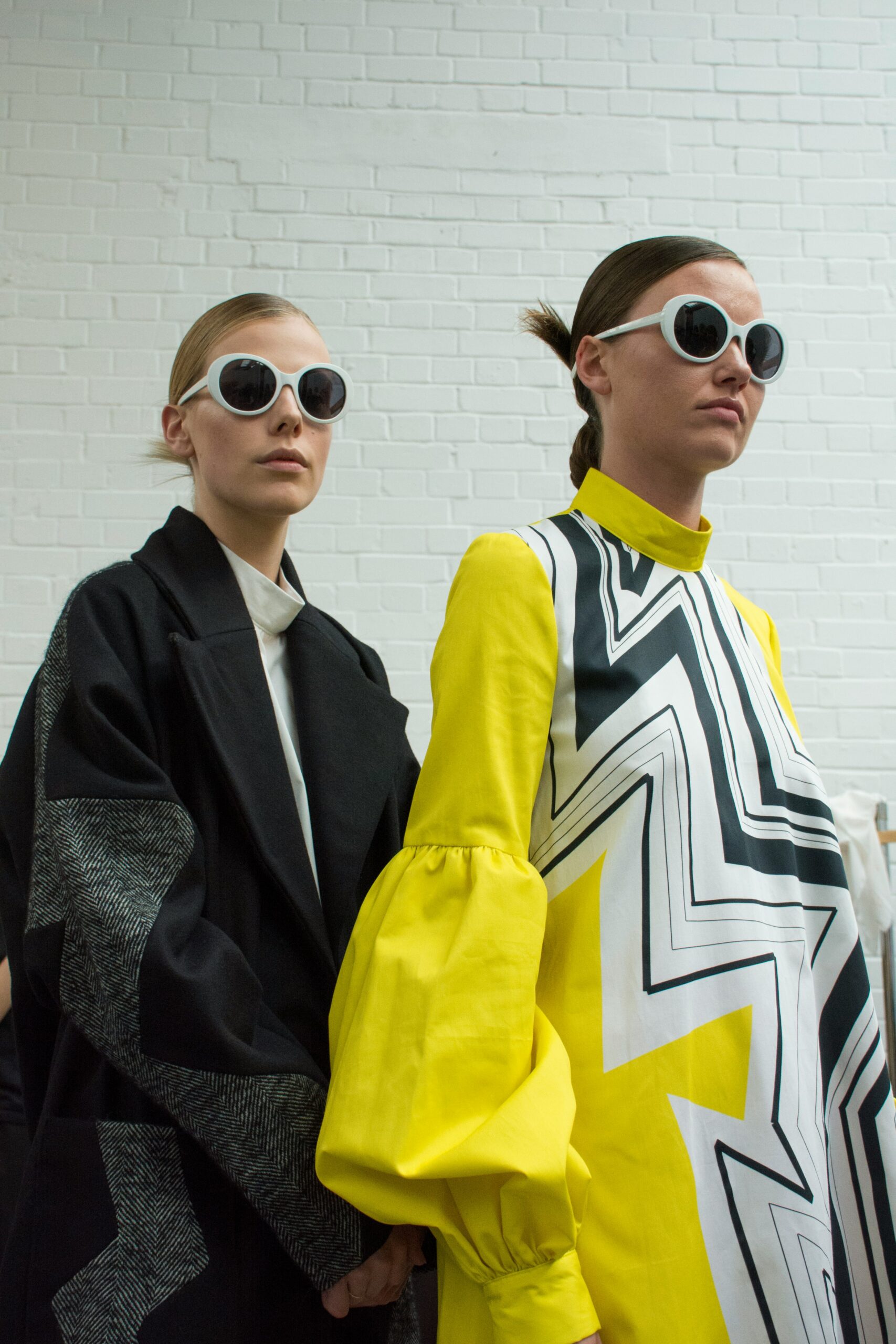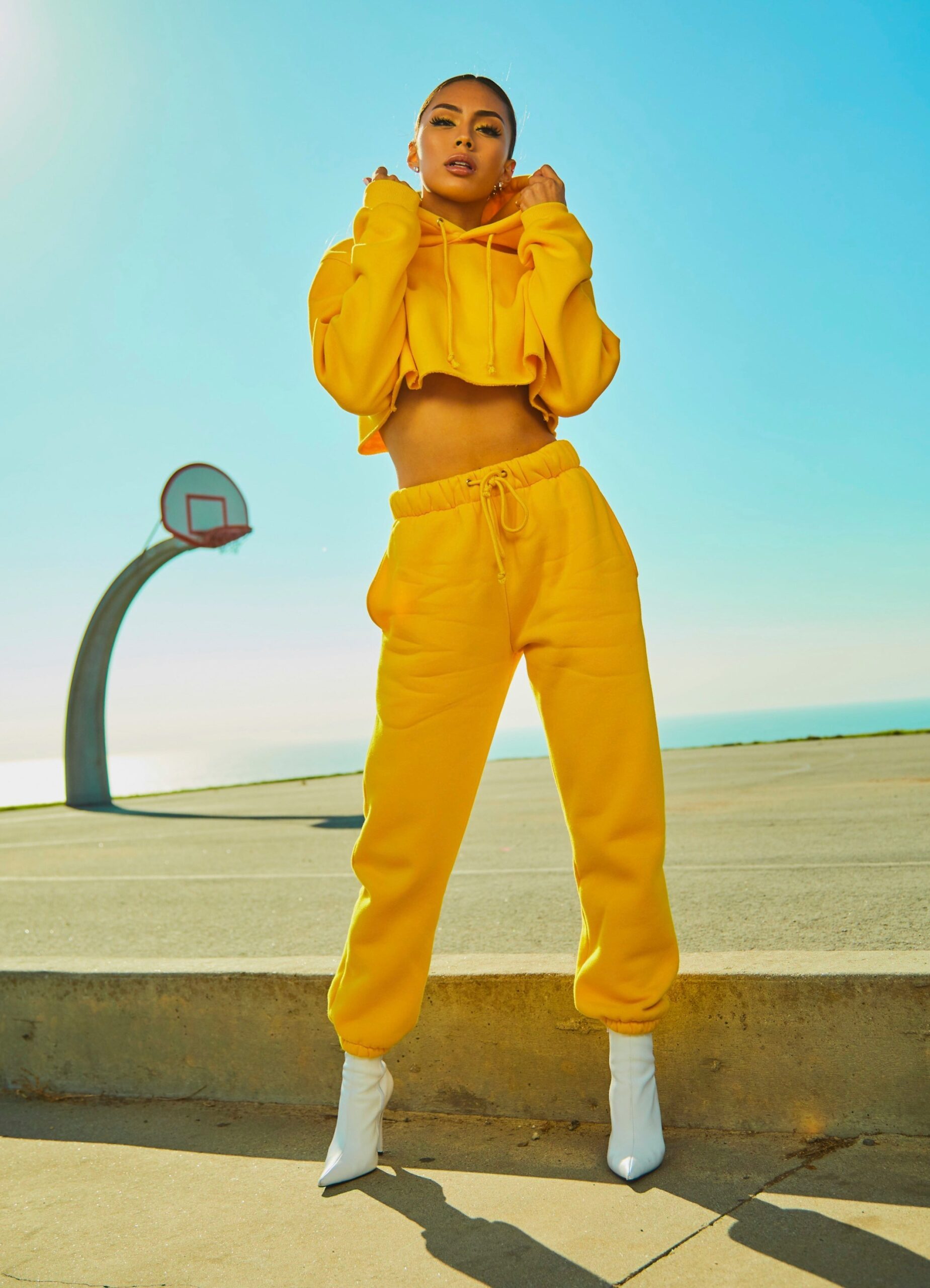In today’s world, where environmental concerns are becoming increasingly important, sustainable fashion is gaining momentum. Consumers are becoming more conscious about the impact of their choices on the planet, and this includes their fashion choices. To cater to this growing demand, sustainable fashion apps are emerging as a powerful tool to empower conscious consumers. These apps not only provide information and resources but also offer a seamless user experience (UI/UX) to make sustainable fashion more accessible and appealing.
One of the key features of sustainable fashion apps is their ability to provide users with a wealth of information about sustainable fashion brands, materials, and practices. These apps curate a database of sustainable fashion brands, making it easier for users to discover and support ethical and eco-friendly options. Users can explore detailed profiles of each brand, learn about their sustainability initiatives, and even find out where their products are made. This transparency allows consumers to make informed choices and align their values with their fashion purchases.
Additionally, sustainable fashion apps often provide educational content to help users understand the environmental impact of the fashion industry. Through articles, videos, and infographics, users can learn about topics such as fast fashion, textile waste, and the benefits of choosing sustainable materials. By educating consumers, these apps empower them to make conscious decisions and become advocates for change.
UI/UX design plays a crucial role in making sustainable fashion apps user-friendly and engaging. These apps are designed with a clean and intuitive interface, allowing users to navigate seamlessly and find the information they need. The use of visuals, such as high-quality product images and videos, enhances the user experience and makes sustainable fashion more visually appealing. The apps also often include features like filters and search options, making it easier for users to find specific brands or products based on their preferences.
Another important aspect of UI/UX in sustainable fashion apps is the integration of personalized recommendations. By analyzing user preferences, browsing history, and purchase patterns, these apps can suggest relevant sustainable fashion options tailored to each individual’s style and values. This personalization not only enhances the user experience but also encourages users to explore new brands and styles that align with their sustainability goals.
Sustainable fashion apps also offer convenient shopping experiences. Many of these apps have built-in e-commerce functionalities, allowing users to browse and purchase sustainable fashion products directly from the app. This eliminates the need to visit multiple websites or physical stores, making sustainable fashion more accessible and convenient. Some apps even offer features like virtual fitting rooms or augmented reality try-on options, enabling users to visualize how the products will look on them before making a purchase.
Beyond shopping, sustainable fashion apps often include features that promote sustainability in other aspects of the user’s life. For example, some apps provide tips and resources for sustainable wardrobe management, such as recycling or upcycling old clothes. Others may offer information about sustainable laundry practices or eco-friendly cleaning products. By offering a holistic approach to sustainability, these apps empower users to make conscious choices beyond their fashion purchases.
In conclusion, sustainable fashion apps are revolutionizing the way consumers engage with fashion. By providing information, education, and personalized recommendations, these apps empower conscious consumers to make sustainable choices that align with their values. The seamless UI/UX design enhances the overall user experience, making sustainable fashion more accessible, appealing, and convenient. As the demand for sustainable fashion continues to grow, these apps will play a crucial role in driving positive change in the fashion industry.









Leave a Reply